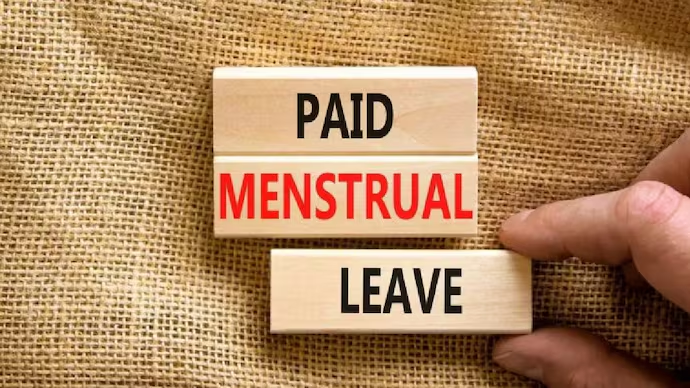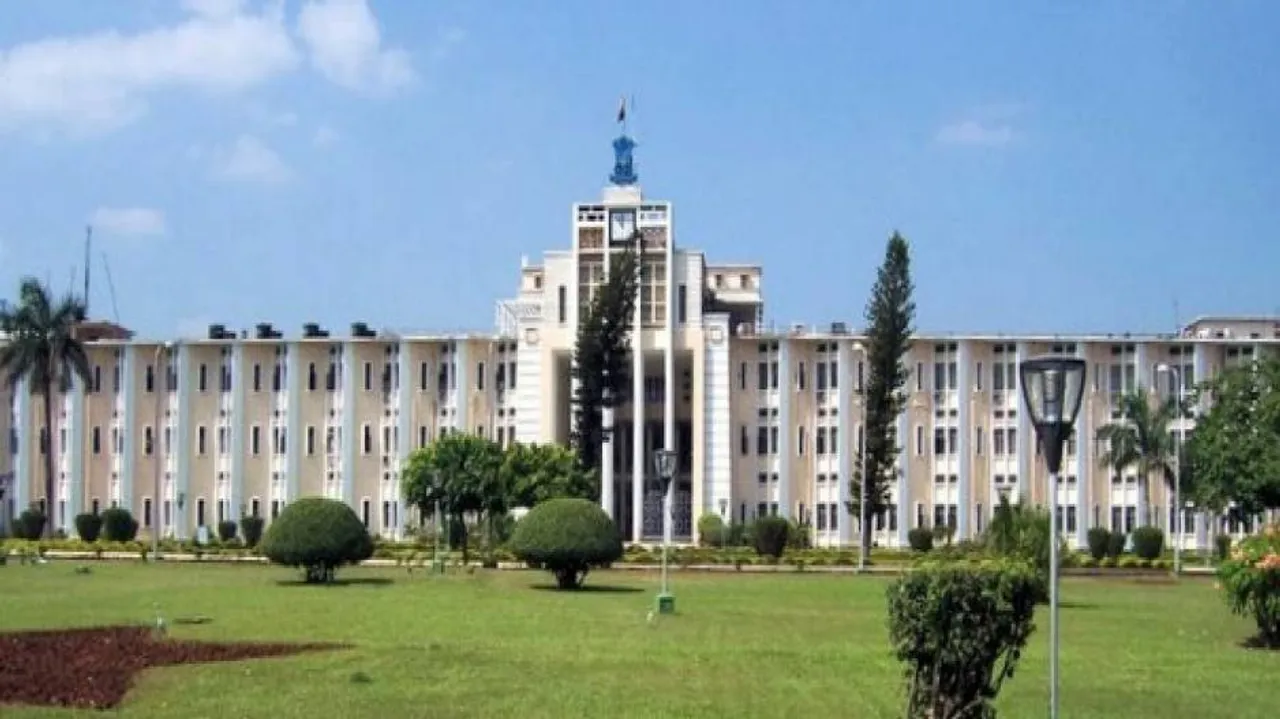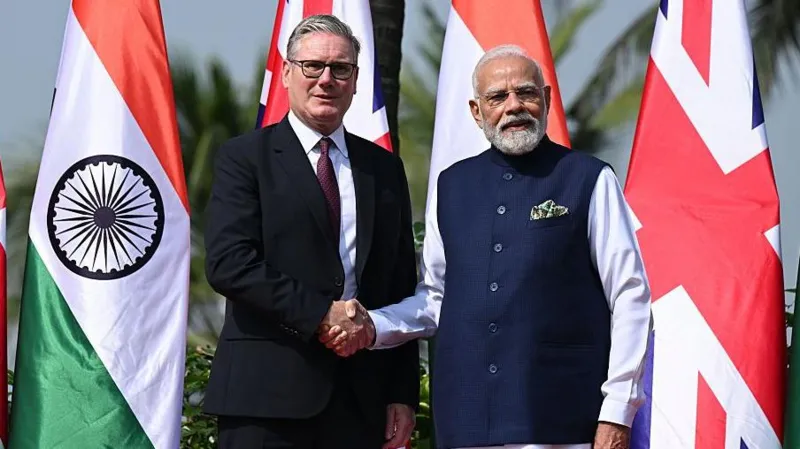New Delhi, Aug 19, 2025: The Centre has circulated a blueprint for next-generation GST reforms, which could mark the biggest reset in India’s indirect taxation since its launch in 2017. At the core of the proposal is a two-rate GST structure of 5% and 18%, along with the introduction of a new 40% slab for sin and luxury goods.
Two Slabs, One Big Reset
According to government sources, the reform plan would collapse the current four slabs (5%, 12%, 18%, 28%) into two principal rates:
-
5% Standard Rate – Essentials and daily-use goods.
-
18% Merit Rate – Most other goods and services.
The 28% slab will be scrapped, while a new 40% slab will apply only to tobacco, pan masala, luxury cars, SUVs, and online gaming.
What Gets Cheaper?
Consumers could see significant relief if the proposal is approved. Items such as daily essentials, packaged food, stationery, footwear, apparel, bicycles, eyewear, butter, and ghee are expected to move into the 5% slab.
Medicines, medical equipment, and health and life insurance premiums could also become cheaper, dropping from 12–18% to 5% or nil.
The government is also aiming to fix inverted duty structures in sectors like textiles and fertilisers, providing relief to farmers and consumers.
Consumer Durables & Automobiles in Focus
Big-ticket items may also see price corrections:
-
TVs, refrigerators, ACs, and cement: from 28% to 18%.
-
Two-wheelers under 350cc: from 28% to 18%.
-
Small cars (under 1200cc engines): from 29–31% (with cess) to a flat 18%.
-
Hybrid passenger vehicles: from 28% to 18%.
Balancing Revenues
The Centre insists the new structure balances simplification with revenue stability. Currently, the 18% slab contributes nearly 65–67% of GST collections, while the 28% slab contributes 11%. With most high-tax items moving to 18%, the new 40% slab for sin goods is expected to offset potential revenue loss.
Expert Views
Tax experts describe the reform as a “structural reset.”
Kulraj Ashpnani, Partner at Dhruva Advisors LLP, said:
“The shift to a two-slab GST is more than rate rationalisation—it reduces disputes, corrects anomalies, and gives industry long-term certainty. Lower taxes on essentials and aspirational goods will put money back into people’s pockets, boosting consumption and inclusive growth.”
Hospitality sector voices, however, sought clarity. Celebrity chef Harpal Singh Sokhi welcomed the intent but warned that restaurants may not benefit if food products shift to 18%. He also called for lower GST on rentals and an end to the confusion between dine-in and takeaway taxation.
The Road Ahead
The Group of Ministers on GST rate rationalisation will meet on August 20–21 to discuss the proposals. A final decision will rest with the GST Council, possibly turning the reforms into a Diwali bonanza for consumers.
Prime Minister Narendra Modi, in his Independence Day speech, had already hinted at a simplified GST system aimed at making essentials cheaper while taxing sin goods higher — a move now taking concrete shape.










